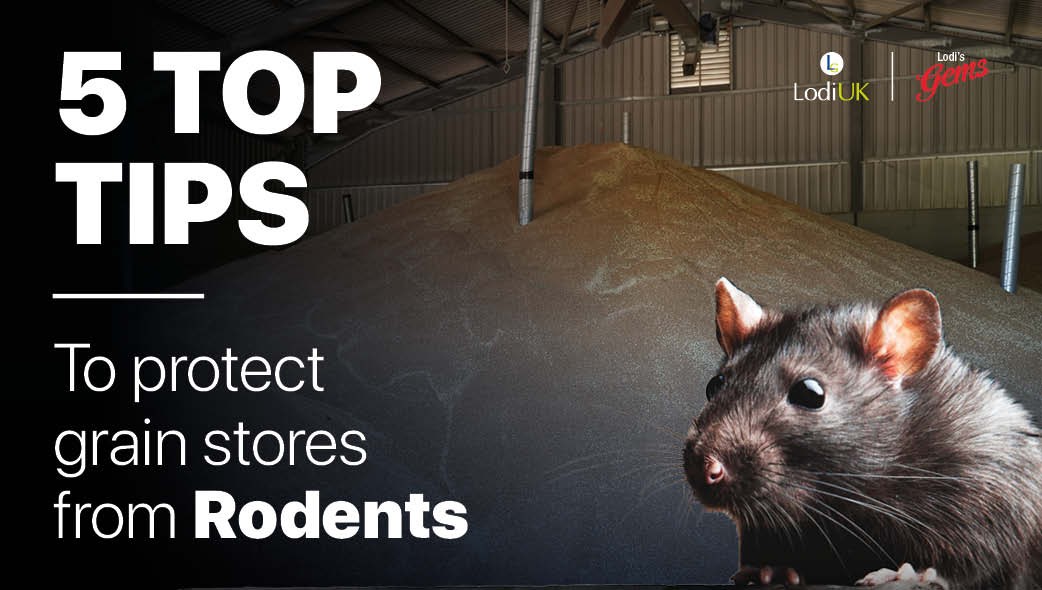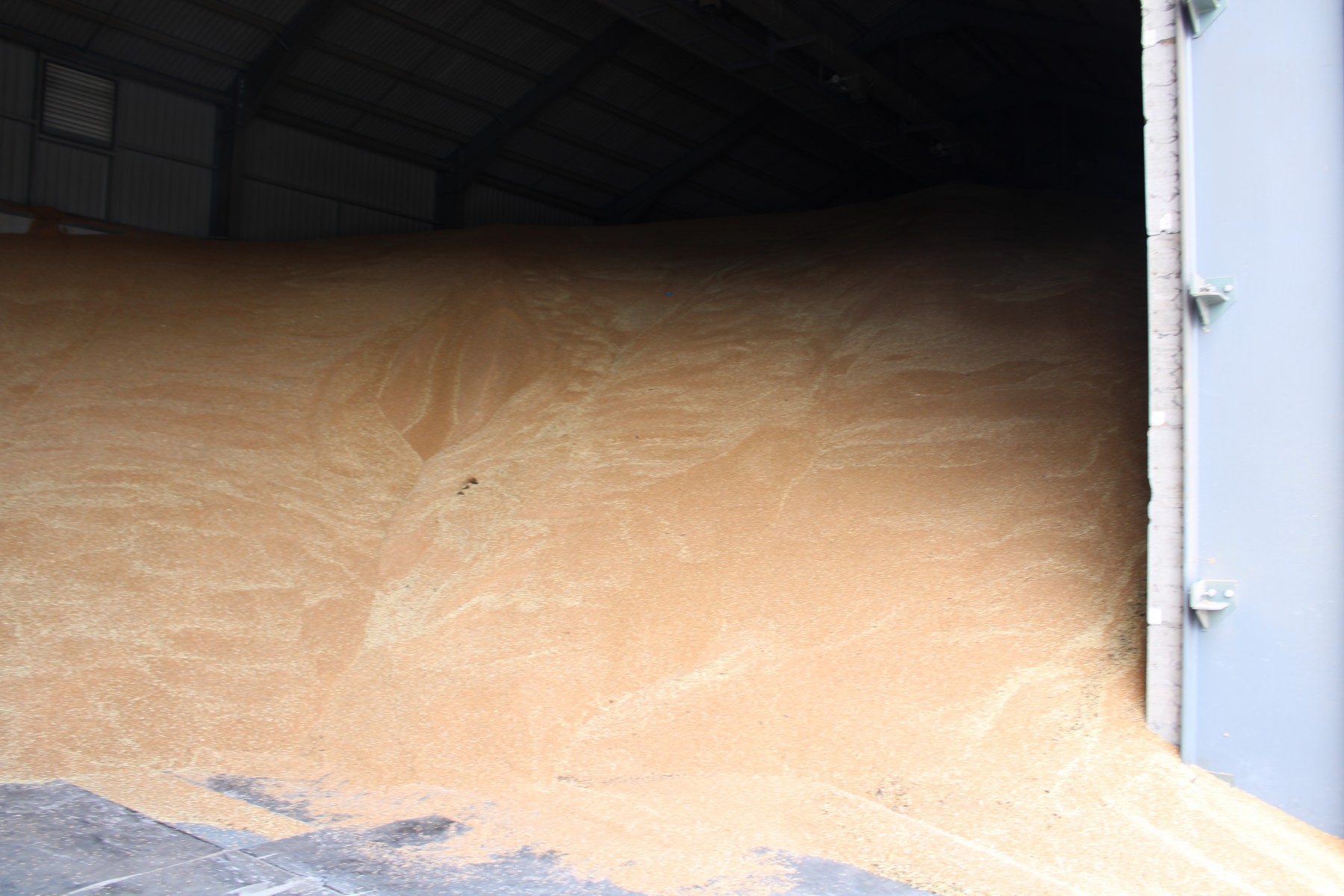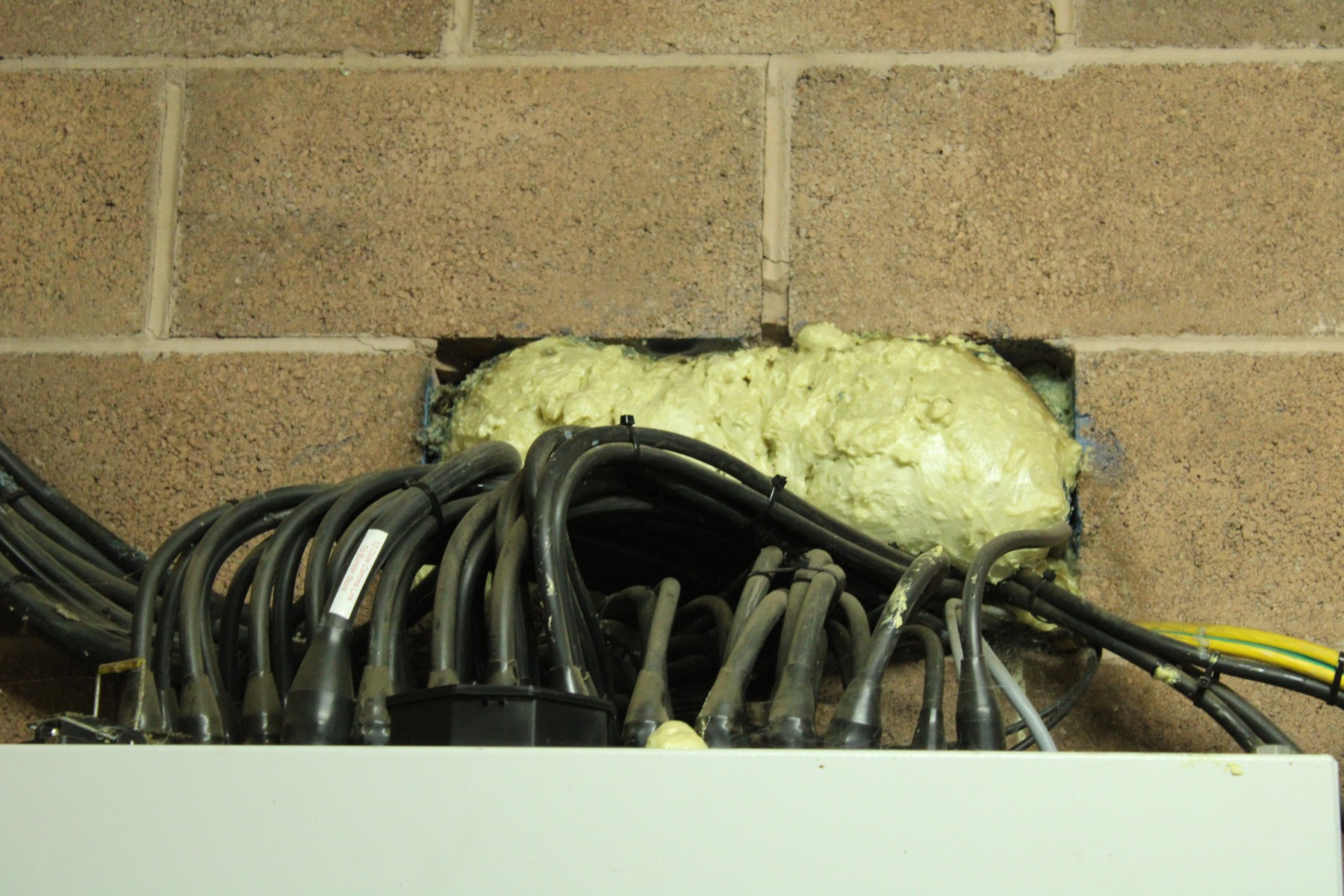
Rodent numbers have risen sharply following the coronavirus outbreak. As temperatures fall, rodents will seek harbourage on farms and could ruin grain stores if not controlled.
“Farmers should take an integrated pest management approach and use a variety of baits to combat resistant rats and prevent infestations that can result in grain losses and contamination,” advises David Reece from pest control specialist LODI.
Rats can thrive in a grain store and multiply quickly, with one breeding pair escalating to 1,250 in just one year. Mr Reece suggests that protecting grain stores does not have to involve the use of rodenticides, and farmers should select bait carefully to avoid wasting money baiting resistant rats.
“Farmers can take many non-chemical measures such as proofing buildings, identifying areas that rodents may be using for harbourage and making regular checks by walking the farm. Rodenticides should contain actives such as cholecalciferol or brodifacoum because some rats are now resistant to the previously popular actives bromadiolone and difenacoum,” he says.
1) Look for signs of rats and mice such as droppings and gnaw marks. Make a farm plan and regularly walk the farm to look for burrows and record where rodent activity is apparent.
“Just because there are signs of rodents it doesn’t mean baiting in that area will always be totally effective. Understanding areas that rodents are using to access food and water can help make trapping or baiting much more effective,” explains Mr Reece.
2) Rats do not like open spaces, so farmers can reduce activity by keeping their farm, especially areas around grain stores, clear of rubbish, weeds, and objects that rats can use for harbourage.
“Although a simple process, keeping a farm tidy by removing rubbish can make a big difference. Preventing access to food and water by securely storing food, repairing dripping taps and making sure there is no food available outside will reduce the likelihood of rats seeking harbourage and breeding on a farm,” he says.
3) Proofing a building by ensuring there are no access points for rodents will help to reduce the risk of infestation.
“Small measures like using mesh smaller than 10mm to cover gaps in grain stores will help to prevent both mice and rats gaining access.” he says.
4) Establishing bait boxes at least four weeks ahead of baiting will reduce rat’s neophobic behaviour and improve bait take.
“Rats have a fear of new objects (neophobia). Therefore, placing boxes ahead of time and even adding non-toxic bait can help the boxes become trusted,” says David.
5) When non-chemical methods have been exhausted, the use of rodenticides to control rats and mice should be carried out methodically and carefully.
“The fastest acting bait available is Harmonix which contains cholecalciferol and can control a rodent infestation in just 7 days. It is not an anticoagulant so can be used inside and out, and also poses less threat to non-target species such as birds and other wildlife,” he says.
Using a bait that is highly palatable is a particularly important consideration in grain stores where food is plentiful.
“Harmonix or Lodi Gems Sapphire both have a highly palatable wheat-based formulation that make it more appealing to rodents and represent the best choice for grain stores,” he concludes.
Caption: Grain stores should be protected from rising rodent numbers this autumn
Caption: Preventing rodents accessing and spoiling grain stores is vital this year
Caption: Rats have a fear of new objects (neophobia), so placing bait boxes ahead of baiting can help the boxes become trusted
Caption: Proofing buildings will help to prevent mice and rats accessing grain stores
Responsible rodent control, discover the complete Lodi's Gems range.









